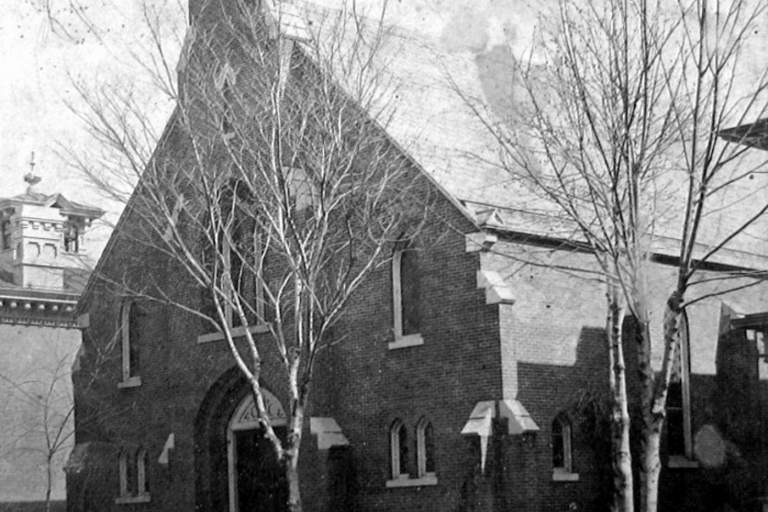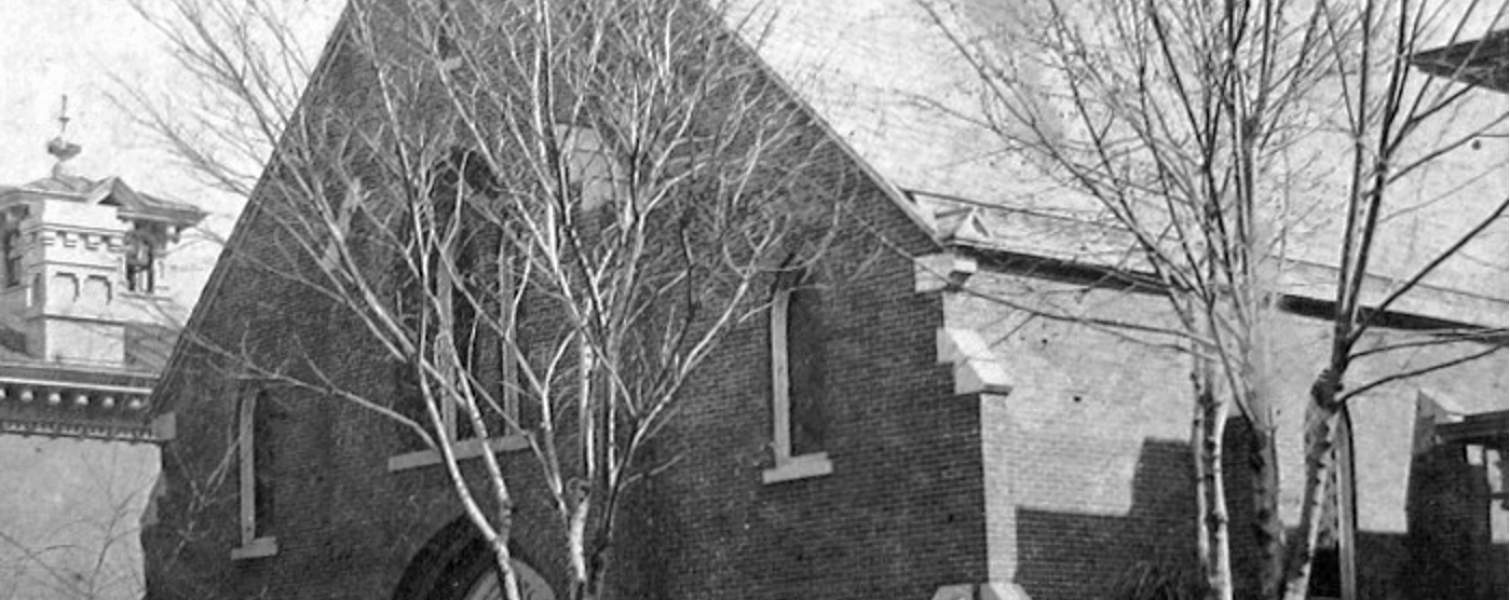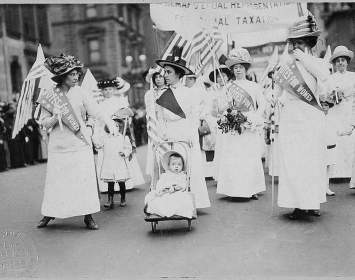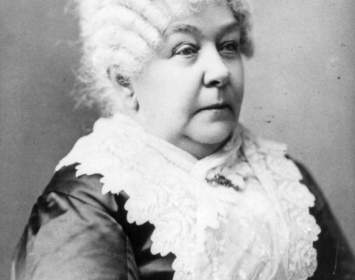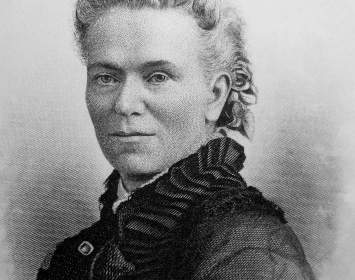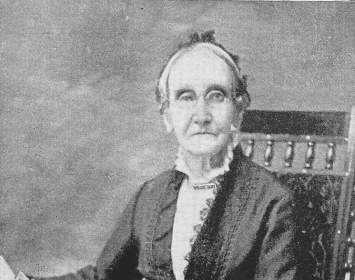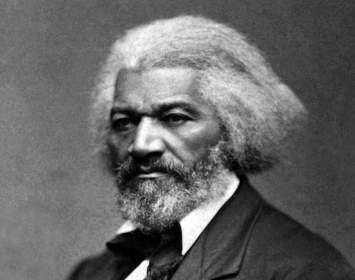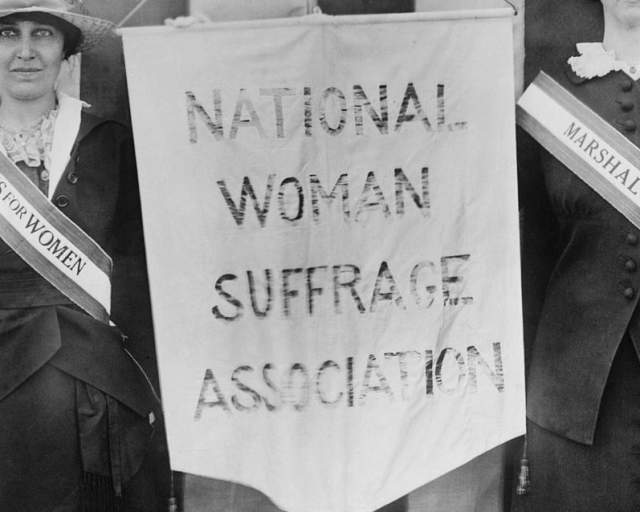On July 19, 1878, the Rochester Unitarian Church hosted a woman's rights convention at its second location on Fitzhugh Street. (Nineteenth-century practice was to use the singular, woman's, when referring to women as a class; later practice was to use the plural, women's.) The event commemorated the thirtieth anniversary of a Rochester gathering celebrating the Seneca Falls woman's rights convention of 1848, which the church had hosted on its original Fitzhugh Street site.
The event was officially a national convention of the National Woman Suffrage Association (NWSA), the more radical of two competing suffrage organizations. The program filled only a single day because it focused on reminiscences, especially those of Seneca Falls co-organizer Lucretia Mott, then eighty-six years of age.
That evening was given over to a mass meeting at Rochester's Corinthian Hall, which attracted a capacity crowd.
The Building and Site. This is the second site of the Rochester Unitarian Church. The original church, situated a few hundred feet northeast on the opposite side of Fitzhugh Street, was lost to a fire on November 10, 1859. Services were suspended during the Civil War years. Construction of the second church was begun in 1865; the facility was dedicated in 1866. In 1883, the U.S. government offered the congregation $20,000 for its site, which it needed for the construction of a new post office. The congregation used the money to purchase a Presbyterian Church complex at Temple and Cortland Streets, which served until 1959 as the congregation's third home. The Unitarian congregation moved to a more spacious site within Rochester's city limits in 1962. Its new landmark structure, designed by architect Louis Kahn, was placed on the National Register of Historic Places in 2014.
The Richardson Romanesque federal building on the church's second site served as a post office until the 1970s, when the post office and other federal offices moved to a new site across State Street. The building was then adopted as Rochester's City Hall. It was placed on the National Register of Historic Places in 1972. Unfortunately, it bears no marker commemorating the 1878 woman's rights convention, which took place on a portion of its site.
Thanks to an anonymous historian for historical research.
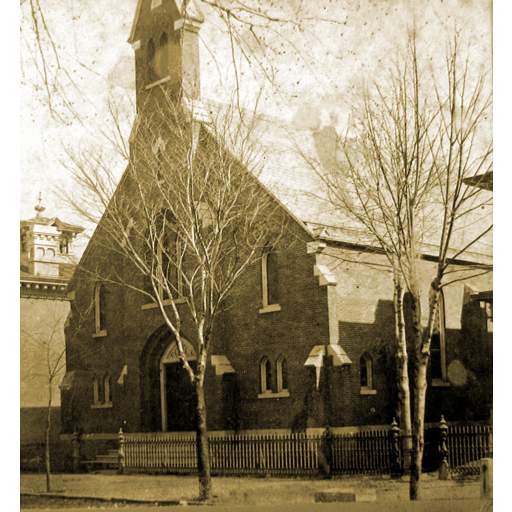
Rochester Unitarian Church, second location
From an undated stereo pair. Image courtesy of an anonymous historian.
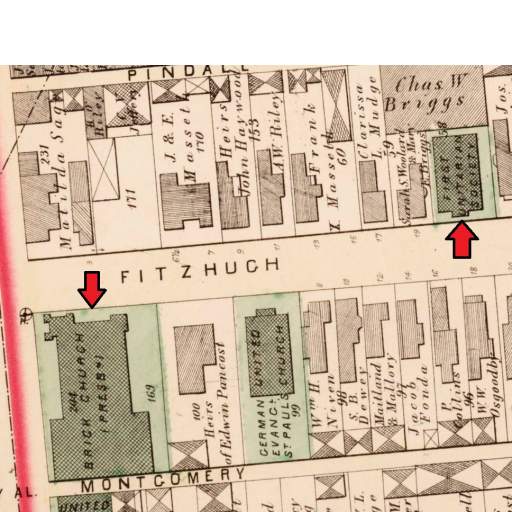
Location of first and second Unitarian Church sites
The second church, site of the 1878 woman's rights convention, is marked by the right-hand arrow. The left-hand arrow marks the location of the first church, which burned in 1859. Map image courtesy of an anonymous historian; arrows by the Freethought Trail.

Rochester City Hall
Built as a federal building and post office, partly on the second church's site, the building became Rochester's City Hall in the 1970s. Image courtesy of the City of Rochester.
Associated Causes
Associated Historical Events
1878 Woman's Rights Convention
July 19, 1878
